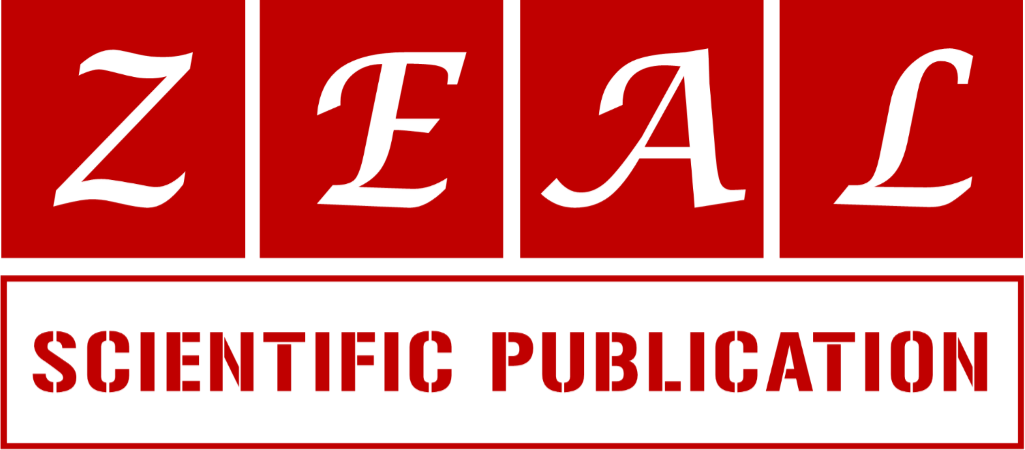Medicinal benefits of lemon balm (Melissa officinalis) for human health
1 Natural Resources Division, Pakistan Agricultural Research Council, Islamabad, Pakistan.
2 Faculty Agricultural and Food Sciences, Agronomy Department, Pir Mehr Ali Shah - University of Arid Agriculture, Rawalpindi, Pakistan.
Review
World Journal of Chemical and Pharmaceutical Sciences, 2022, 01(01), 028–033.
Article DOI: 10.53346/wjcps.2022.1.1.0025
Publication history:
Received on 11 January 2022; revised on 10 March 2022; accepted on 12 March 2022
Abstract:
Melissa officinalis L, also known as lemon balm, bee balm, honey balm, is a perennial herb. Lemon balm occurs naturally in sandy and scrubby areas but also grown on damp wasteland, at elevations ranging from sea level to the mountains. Melissa officinalis is cost-effective, and compared with the economic indicators of traditional crops grown on fertilized land; this herb provides much higher profits. The leaf of Melissa officinalis contains flavonoids (quercitrin, rhamnocitrin, luteolin), polyphenolic compounds (rosmarinic acid, caffeic acid, and protocatechuic acid), monoterpenoid aldehyde, monoterpene glycosides, triterpenes (ursolic and oleanolic acids), sesquiterpenes, tannins, and essential oils (citral). Antimicrobial activities of the extracts and of rosmarinic acid of this plant were evaluated and were confirmed. The essential oil of Melissa officinalis L was shown to have anti-inflammatory activities, in treating various diseases associated with inflammation and pain. Melissa officinalis L relieves stress-related effects. Extract have the potential to prevent oxidative damage by preventing free radical– mediated oxidative stress. Melissa officinalis showed strong reducing power and exhibited a significant inhibition of deoxyribose degradation. The high phenolic content and radical scavenging activities of extracts of Melissa officinalis L was confirmed.
Keywords:
Rosmarinic acid; Hydroxycinnamic acids; Favonoids (quercitrin, rhamnocitrin, luteolin); Caffeic acids
Full text article in PDF:
Copyright information:
Copyright © 2022 Author(s) retain the copyright of this article. This article is published under the terms of the Creative Commons Attribution Liscense 4.0
